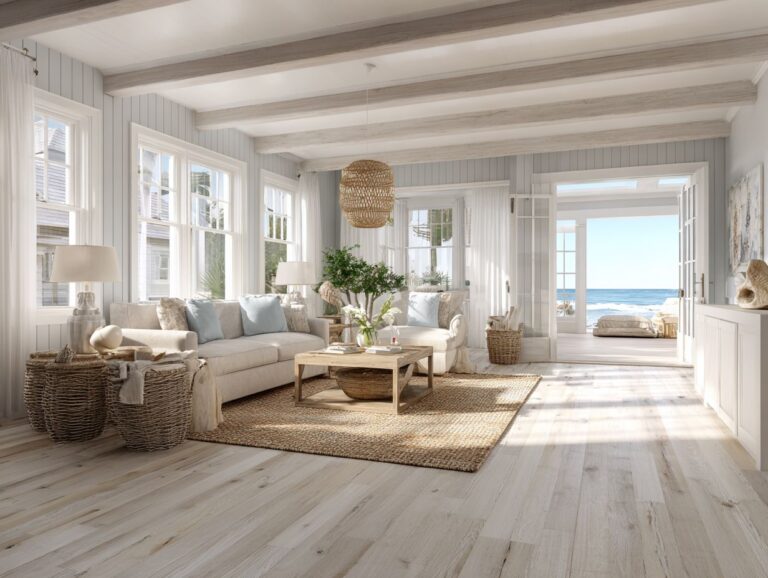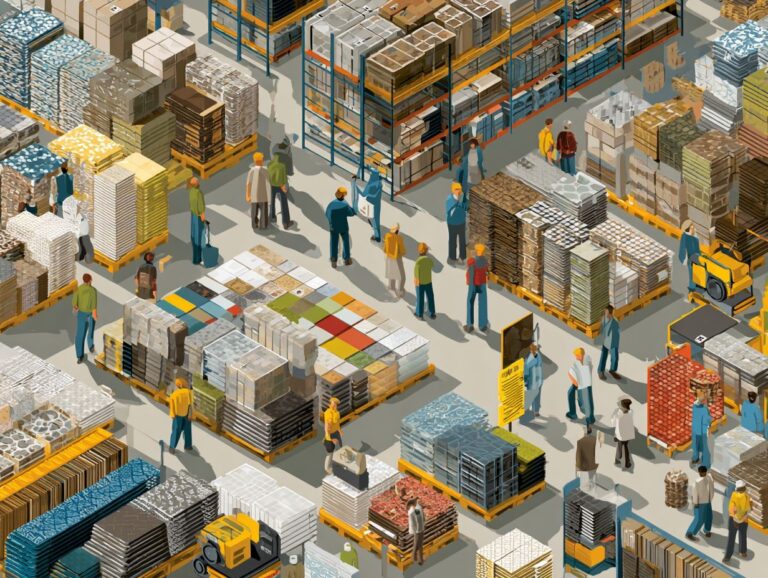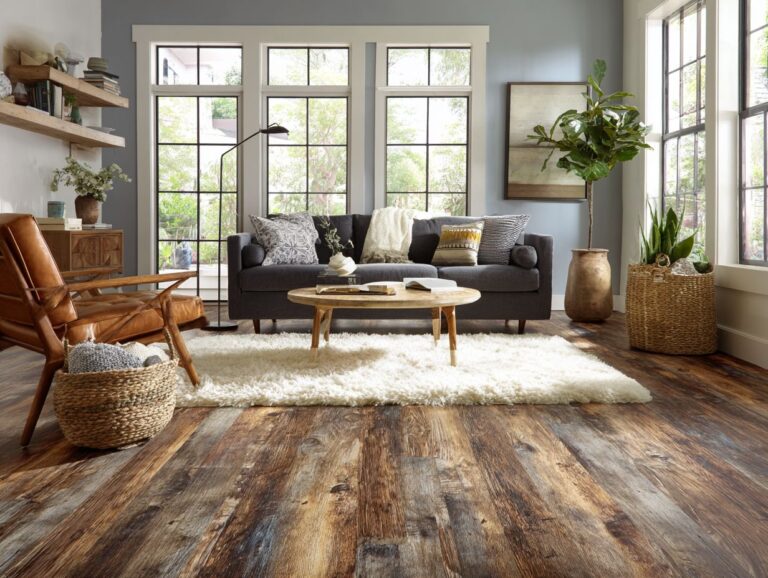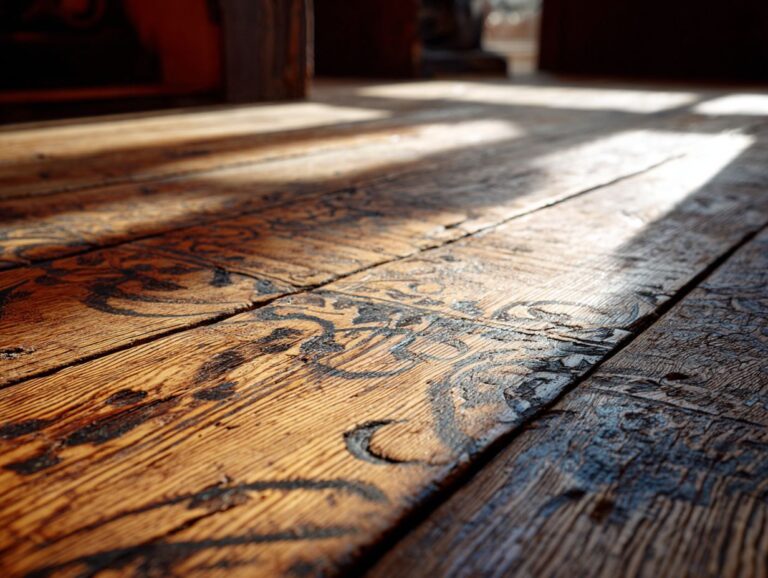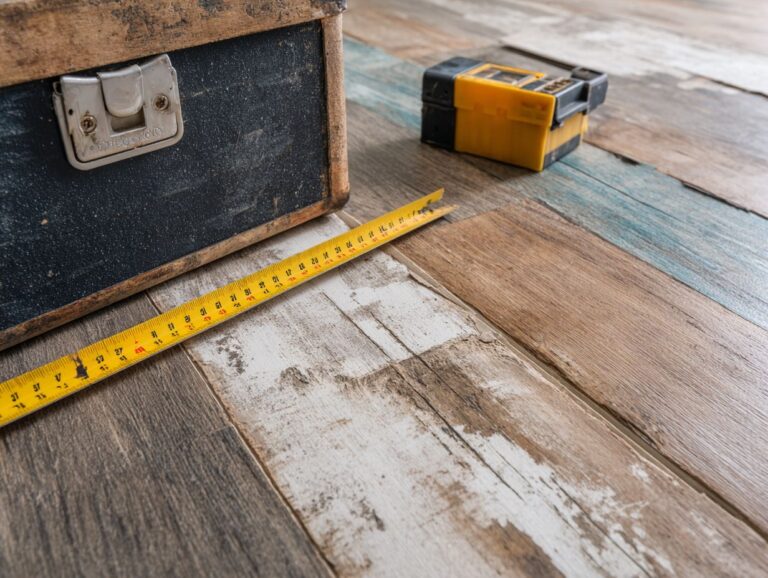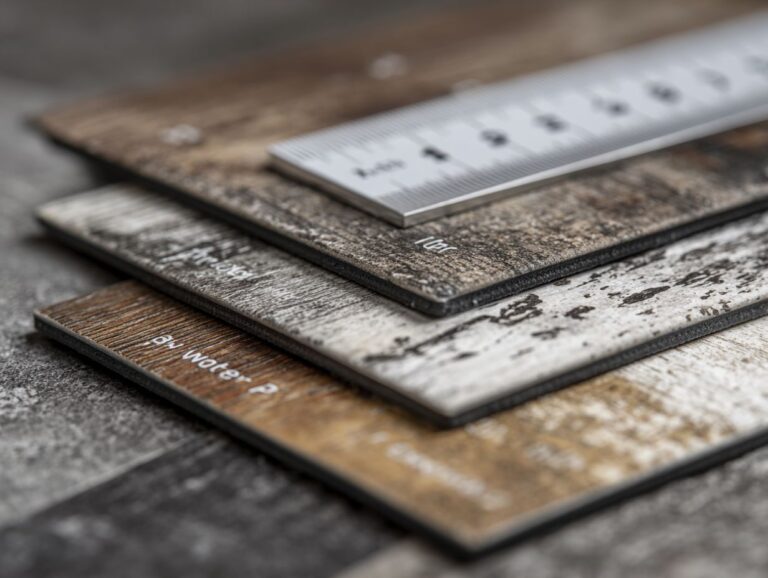Cost vs Value Report – Flooring Improvements 2025
Contents
- Introduction
- Overview of Flooring Options
- Cost Analysis of Flooring Improvements
- Value Assessment of Flooring Improvements
- Comparative Analysis
- Flooring Cost-Value Analysis 2025
- Future Trends in Flooring Improvements
- Frequently Asked Questions
- What is the Cost vs Value Report – Flooring Improvements 2025?
- Which types of flooring improvements are included in the report?
- How can the Cost vs Value Report help homeowners in their flooring decisions?
- Is the Cost vs Value Report – Flooring Improvements 2025 specific to a certain region or country?
- Who can benefit from the information in the Cost vs Value Report?
- Are the estimated costs and added value in the report guaranteed?
Introduction
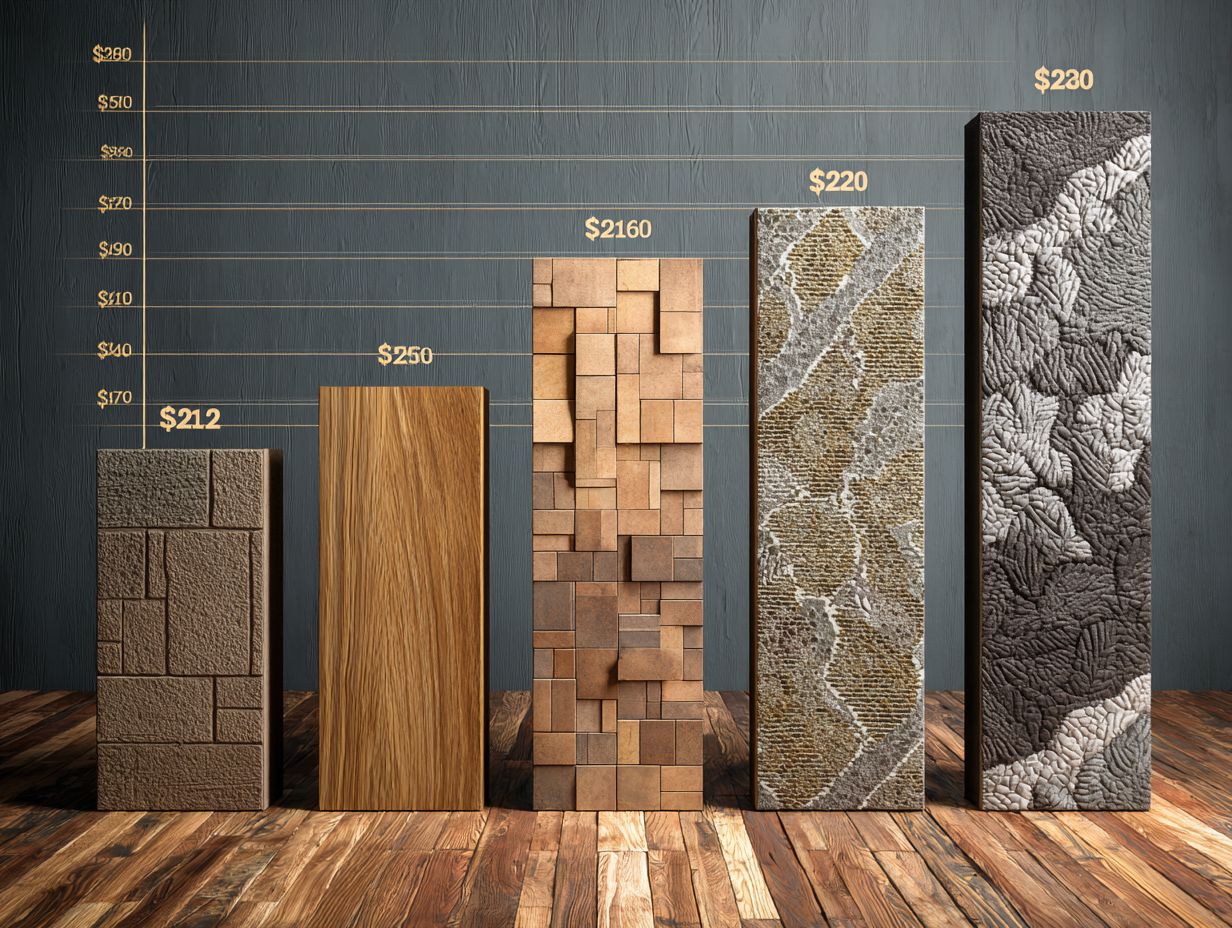
Key Takeaways:
Purpose of the Report
This report gives homeowners a detailed review of different types of flooring and how they affect the value of a home.
Homeowners and real estate investors will learn how different materials-such as hardwood, laminate, and tile-affect resale value and buyer preferences.
For example, hardwood floors typically increase a home’s value by 2.5% to 5%, while laminate offers a cost-effective alternative that maintains aesthetic appeal.
The report will examine installation costs and maintenance requirements, guiding people to make informed decisions.
Readers can find information on well-liked trends, possible investment gains, and advice for choosing flooring that matches both their property’s look and market needs.
Importance of Flooring Improvements
Replacing the flooring is a great way to increase a home’s attractiveness. Research indicates that new floors can increase a home’s worth by up to 10%.
To maximize this value, consider trending materials like hardwood, which offers a warm aesthetic, or luxury vinyl, known for its durability and water-resistance.
According to the National Association of Realtors, homes with hardwood floors sell for an average of $5,000 more. Opting for energy-efficient carpet can appeal to buyers looking for comfort and sustainability.
By putting money into good flooring, you can raise your home’s market value and make it inviting to potential buyers right away.
Overview of Flooring Options
There are many types of flooring materials, each providing specific advantages to fit various homeowner preferences and budgets. For those looking to plan their expenses, our Flooring Budget Calculator can help you determine how much to plan for your next project.
Hardwood Flooring
Hardwood flooring, appreciated for its timeless appearance, typically costs between $8 and $15 per square foot, making it a favorite choice for many homeowners.
Along with its aesthetic allure, hardwood flooring offers impressive durability and longevity, often lasting decades with proper care.
To maintain its beauty, consider using a soft broom or vacuum to remove dust, and a damp mop for deeper cleaning.
Common types of wood such as oak and maple have unique grain patterns and different prices. For instance, oak is generally cheaper, whereas less common woods like cherry are more expensive.
Refinish every 5-10 years to extend its lifespan and improve its appearance.
Laminate Flooring
Laminate flooring offers an economical alternative with prices ranging from $1-$4 per square foot, appealing to budget-conscious homeowners.
Beyond affordability, laminate is favored for its simple installation, often floating over existing floors without adhesive, which can be completed in a weekend.
Maintenance is also a breeze; just regular sweeping and occasional mopping with a damp cloth will keep it looking new. In contrast, while hardwood boasts a longer lifespan-potentially lasting decades with proper care-it requires more extensive upkeep, including refinishing.
Laminate flooring is a good option for homeowners who value design, as it mimics the appearance of real wood in different finishes without costing a lot.
Vinyl Flooring
Vinyl flooring is strong and budget-friendly, usually priced between $2-$5 per square foot. This makes it a common option for kitchens and bathrooms.
Along with its cost-effectiveness, vinyl is water-resistant, which makes it ideal for moisture-prone areas. Its comfort underfoot is another significant advantage, providing a soft, cushioned feel compared to laminate or hardwood.
Homeowners have different choices for installation: glue-down, loose lay, or click-lock systems. Click-lock is the easiest option for those doing it themselves.
When comparing, laminate can be less water-resistant than vinyl, while hardwood, although aesthetically pleasing, requires more maintenance and higher upfront costs. Therefore, vinyl offers a practical balance of durability and ease of care for many households.
Tile Flooring
Tile flooring, ranging from $1-$20 per square foot, is celebrated for its durability and versatility, especially in high-moisture areas like bathrooms and kitchens.
Among the various options, ceramic and porcelain tiles are the most popular.
Ceramic tiles usually cost less, are simple to cut, and offer many designs, which makes them a good option for DIY projects. Porcelain tiles cost a bit more, but they are tougher and resist water better.
For installation, both types require a clean, level surface, but porcelain often mandates a professional due to its density.
Consider your specific needs, aesthetic preferences, and budget when selecting the appropriate tile for your space.
Cost Analysis of Flooring Improvements
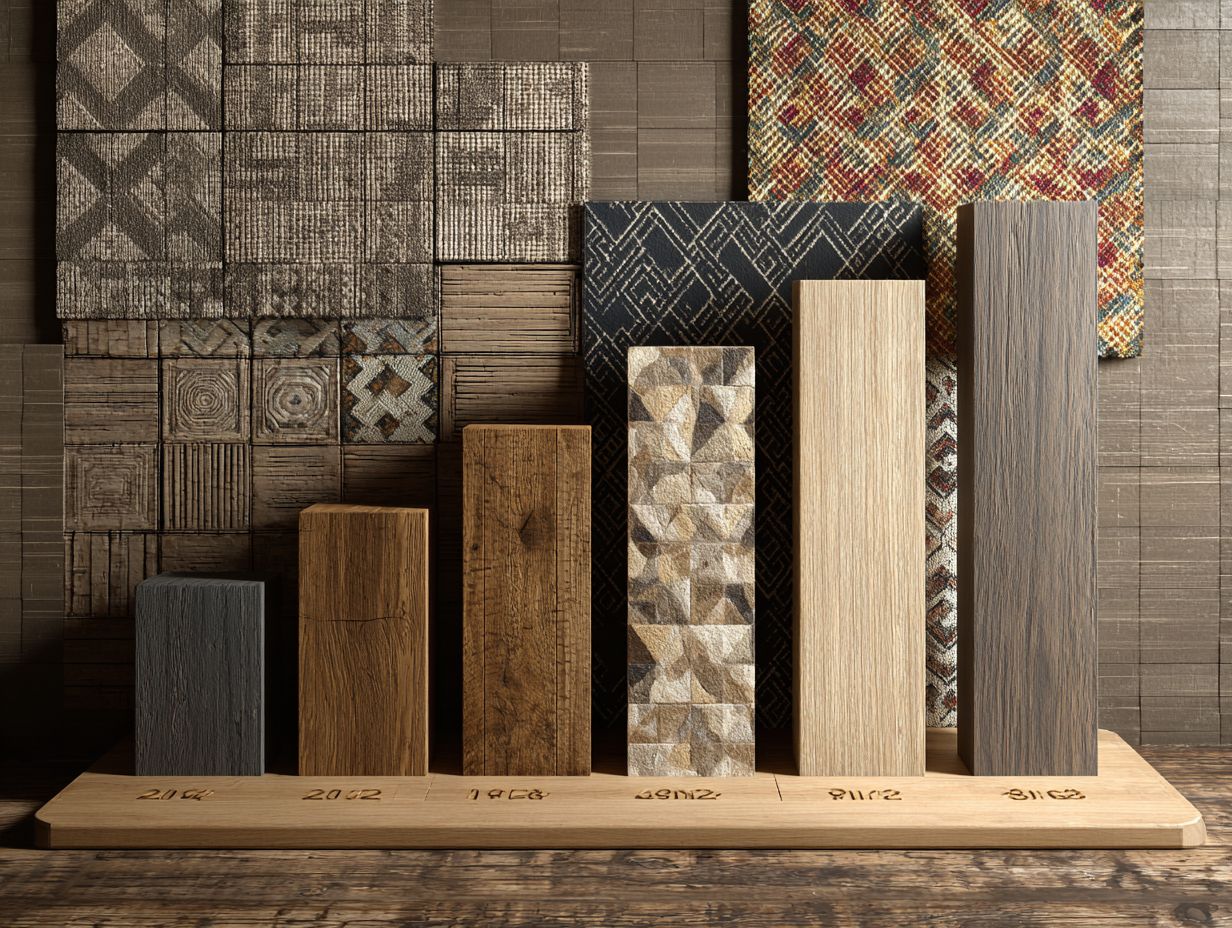
Knowing the financial effects of upgrading floors is important for homeowners thinking about renovations that will affect their property’s worth. For those curious about how assessors determine the value of flooring upgrades, our detailed analysis of flooring appraisal values offers essential insights.
Initial Installation Costs
Initial installation costs can vary significantly based on material choice, with hardwood generally costing more than laminate or vinyl.
For instance, hardwood installation can range from $8 to $15 per square foot, including labor and materials. In contrast, laminate typically costs about $2 to $8 per square foot, while vinyl ranges from $1.50 to $5 per square foot.
The Cost vs Value Report states that spending money on hardwood flooring can increase the selling price of a house, often recouping over 70% of the installation expenses. Therefore, when planning your flooring project, consider both immediate expenses and long-term value to decide the best material for your space.
Maintenance Costs
Ongoing maintenance costs can greatly affect the overall investment, with hardwood requiring periodic refinishing while laminate and vinyl demand less upkeep.
Hardwood floors have a nice appearance, but you may need to refinish them every 3 to 7 years. This could cost between $3 and $8 per square foot.
In contrast, laminate and vinyl are less labor-intensive, often only needing a damp mop for cleaning. Homeowner Joseph Gordon notes that after five years, his vinyl planks have shown no visible wear, supporting their reputation for durability.
Opting for laminate requires minimal upkeep, with costs mainly for occasional deep cleaning and repairs if damaged, averaging around $0.75 to $2 per square foot. This makes laminate an attractive option for budget-conscious homeowners.
Longevity and Durability
The longevity of flooring materials plays a critical role in value assessment, with hardwood potentially lasting over 50 years compared to 10-20 for laminate.
Emma Woodward, a homeowner who invested in oak hardwood, celebrated its extended lifespan and resilience, noting that after 15 years, it only needed minor refinishing.
In contrast, her neighbor chose laminate, which started showing wear and tear after just eight years, requiring full replacement.
Homeowners like Emma often appreciate the durability and appearance of hardwood, which makes it a worthwhile option despite its higher upfront cost.
It’s essential to consider the room’s function and traffic; for example, kitchens may benefit from more wear-resistant options like tile or luxury vinyl.
Value Assessment of Flooring Improvements
Knowing how changing the flooring impacts a home’s value helps homeowners make informed decisions about their renovation plans.
Impact on Home Value
Research indicates that quality flooring can increase a home’s sale price by an average of 5-10%, particularly in competitive markets.
To capitalize on this, consider investing in hardwood or luxury vinyl plank flooring, both popular choices that appeal to buyers. According to the National Association of Realtors, installing hardwood can recoup about 70% of the cost upon resale.
Make sure your flooring matches the home’s look; for example, lighter colors can make rooms feel bigger and more open. Many homeowners say that small improvements, such as adding new baseboards or refinishing floors, make homes look better and can result in higher offers.
Return on Investment (ROI)
Understanding how floor improvements impact the return on investment (ROI) helps homeowners make informed financial decisions. Hardwood usually offers a higher ROI than laminate or vinyl.
According to the Joint Center for Housing Studies, hardwood flooring can yield an ROI of around 70-80%, while laminate and vinyl usually range from 50-70%.
For instance, if the installation cost for hardwood flooring is $5,000, it might increase your home’s value by $3,500 to $4,000. Spending $2,000 on laminate may only increase the value by $1,000 to $1,400.
Therefore, while initial costs are higher for hardwood, its long-term benefits often outweigh cheaper options.
Market Trends and Preferences
Current market trends indicate a shift towards sustainable and stylish flooring options, with homeowners increasingly favoring materials that reflect modern design aesthetics.
One significant trend is the rise of eco-friendly flooring materials such as bamboo, cork, and reclaimed wood. Surveys show that over 60% of homeowners prefer sustainable options due to their environmental benefits and uniqueness.
Bamboo grows quickly and can be used repeatedly. Cork keeps heat and cold from passing through. Using reclaimed wood cuts down on waste and gives a rustic look that many people like.
As homeowners become more environmentally conscious, these choices reflect both personal values and stylish preferences in contemporary design.
Comparative Analysis
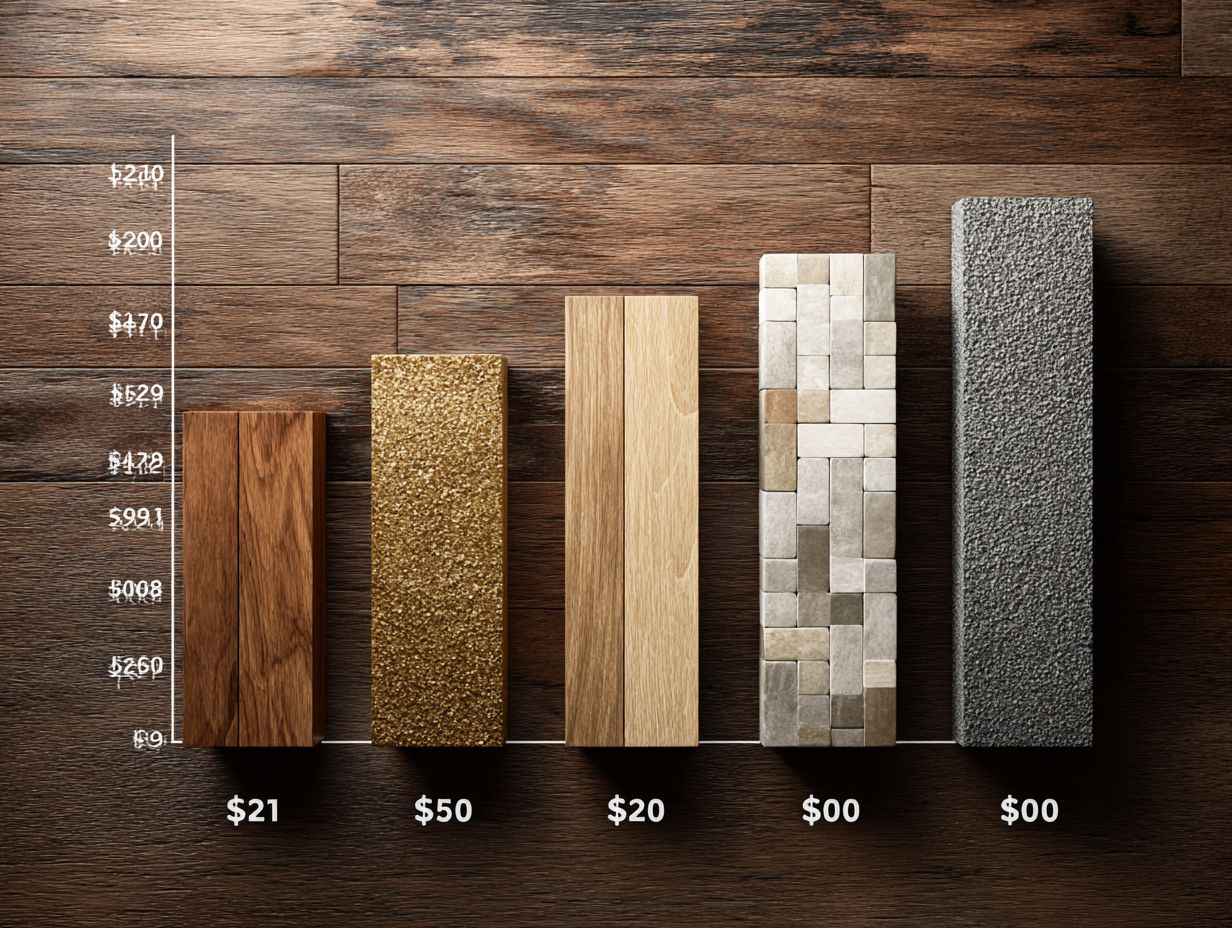
Comparing flooring types shows big differences in cost and value, which homeowners need to think about before renovating.
Flooring Cost-Value Analysis 2025
Flooring Cost-Value Analysis 2025
Flooring Costs Overview: Market Growth and Value
Flooring Costs Overview: Installation Costs by Material
Flooring Costs Overview: Cost Range for 1,000 sq ft Installation
The Flooring Cost-Value Analysis 2025 gives a detailed look at market trends and installation costs for different flooring materials. This information is important for people working with floors, homeowners, and real estate developers who want to make informed decisions about flooring purchases and remodels.
Flooring Costs Overview highlights the economic progression within the laminate flooring sector. The market value of laminate flooring, a popular choice due to its affordability and durability, is expected to grow significantly. From a market value of $3.1 billion in 2024, projections indicate an increase to $4.4 billion by 2030. This growth represents a robust compound annual growth rate (CAGR) of 5.7%, underscoring rising consumer demand and potential profitability in expanding market segments.
The Installation Costs by Material give information about the cost differences among flooring types, showing financial factors for the market and buyers. Laminate flooring stands out with an installation cost of $4.00 per square foot, which is relatively economical compared to hardwood at $6.00 and ceramic tile at $5.00 per square foot. Vinyl flooring is the cheapest option available at $2.00 per square foot, making it attractive for those with limited budgets or big projects.
When analyzing the Cost Range for 1,000 sq ft Installation, laminate flooring installation costs can range from $5,000 to $12,000. This variability is likely attributed to factors such as quality of materials, labor rates, and regional economic differences. Knowing these price ranges allows people to plan their budget and make smart purchasing choices.
The Flooring Cost-Value Analysis 2025 Emphasizes the changing flooring market, pointing out chances for expansion, especially in the laminate area. This analysis provides specific cost information to support making informed decisions for upcoming flooring projects, aligning material options with budget and design needs.
Cost vs Value for Different Flooring Types
A thorough cost vs value analysis shows that while hardwood has a higher upfront cost, its return on investment often surpasses that of laminate and vinyl.
Hardwood flooring typically costs between $8 and $15 per square foot. Though it costs more, it can last over 50 years, making it a good option.
In contrast, laminate ranges from $1 to $5 per square foot and lasts about 15-25 years, while vinyl falls between $2 to $7, lasting 10-20 years.
When considering resale value, homes with hardwood often see a return of 70-80% on flooring investment, whereas laminate and vinyl provide only 30-50%. Choosing hardwood can improve your home’s look and increase its value over time.
Regional Variations in Costs
Costs for flooring improvements can vary significantly by region, influenced by local labor rates and material availability, such as higher prices in urban areas like Seattle and Portland.
In Seattle, putting in hardwood floors may cost as much as $10 per square foot due to strong demand and the skills needed. In Albuquerque, the cost is lower, about $6.
Local contractors like Santiago Valdez suggest that even laminate, generally a budget option, can exceed $4 per square foot in metropolitan areas but remain below $2 in rural markets.
When you plan a flooring project, get quotes from local contractors to understand material choices and labor expenses clearly. Tailoring your choice based on location can lead to significant savings.
Case Studies of Flooring Improvements
Examining case studies of successful flooring improvements provides real-world examples of strategies that increased home value.
-
One notable example is the Johnson family, who replaced worn carpet with high-quality hardwood flooring. They invested $10,000 to improve their property and its value went up by $20,000, resulting in a 100% return on their investment.
-
Another case is the Lee couple, who opted for luxury vinyl plank flooring for around $7,500. This affordable change upped their home’s value by $15,000, achieving an ROI of nearly 100% as well.
Both families demonstrated that investing in durable, appealing flooring pays off significantly in the real estate market.
Future Trends in Flooring Improvements
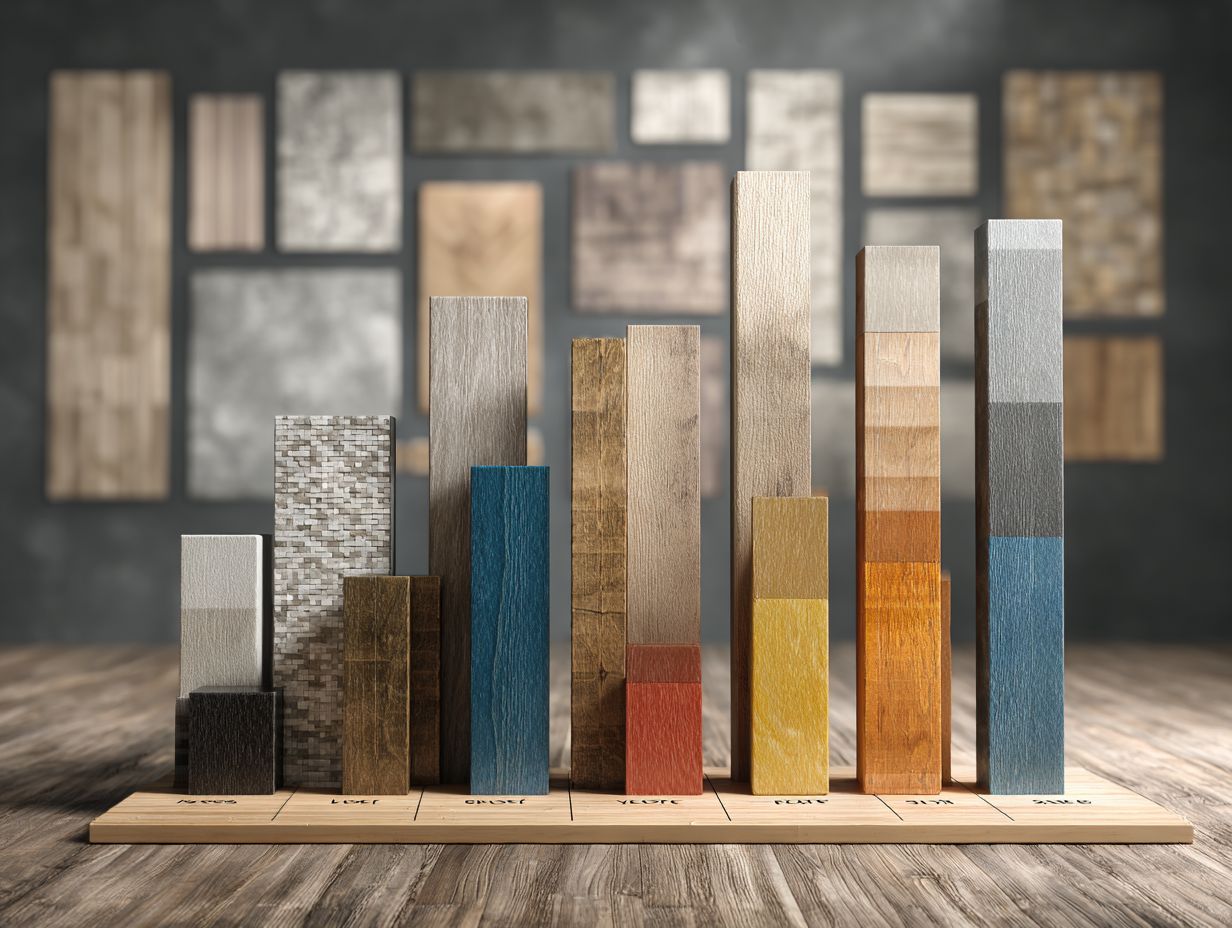
Flooring trends are moving towards using materials that are better for the environment and new technologies that make floors look good and work well. For an extensive analysis of how manufacturing processes impact environmental benefits, our deep dive into High-Pressure vs Direct-Pressure Laminate Manufacturing reveals significant findings.
Sustainable Flooring Options
Sustainable flooring options, such as bamboo and cork, are gaining popularity among eco-conscious homeowners, often providing long-term cost savings.
Bamboo flooring is a standout choice due to its rapid growth cycle and durability, typically lasting 20-25 years.
Cork, harvested from the bark of cork oak trees, offers natural insulation and soundproofing. Studies, such as those cited by The Financial Diet, reveal a reduced carbon footprint and improved indoor air quality for these materials compared to traditional hardwoods.
When choosing flooring, consider the life cycle analysis; for instance, bamboo requires less energy for production and generates significantly lower emissions throughout its life compared to laminate or vinyl options.
Technological Innovations in Flooring
New options in flooring, such as intelligent home features and AI design tools, are altering people’s views on home upgrades.
One notable innovation is self-cleaning surfaces, developed by companies like NanoTouch Materials, which use antimicrobial technology to reduce maintenance.
FloorScore provides monitoring systems that let users observe wear and usage through mobile apps, helping them anticipate when maintenance is needed.
AI design tools like FloorPlan 3D let homeowners see different flooring choices in their rooms before buying, helping them make better decisions.
These technologies simplify the renovation process and help floors last longer.
Summary of Findings
This report highlights that quality flooring can significantly increase home value, emphasizing the importance of choosing the right materials based on costs and preferences.
Homeowners should think about different elements when picking flooring. For instance, hardwood is durable and maintains its value, while laminate offers a budget-friendly alternative.
If you live in a humid area, vinyl flooring is a practical choice due to its water resistance. Don’t overlook luxury vinyl tiles (LVT), which combine aesthetics with functionality.
To get the most out of your investment, think about how you live-busy areas might need stronger materials, while less busy spots can have softer or more luxurious choices. Always balance durability, aesthetics, and budget to find the perfect flooring solution.
Frequently Asked Questions
What is the Cost vs Value Report – Flooring Improvements 2025?
The Cost vs Value Report – Flooring Improvements 2025 provides a detailed study of the predicted costs and increases in value from various flooring upgrades in 2025. It offers useful information for both homeowners and professionals in the flooring industry.
Which types of flooring improvements are included in the report?
The report includes a range of flooring improvements such as hardwood flooring, carpet, tile, laminate, and vinyl. It also covers different installation methods and materials for each type of flooring.
How can the Cost vs Value Report help homeowners in their flooring decisions?
The report can help homeowners make informed decisions by providing estimated costs and potential added value for different flooring improvements. This can help them choose the best option for their budget and goals.
Is the Cost vs Value Report – Flooring Improvements 2025 specific to a certain region or country?
The report gathers data from various regions and countries, making it a useful resource for homeowners and professionals worldwide. It takes into account factors such as market trends and cost variations in different areas.
Who can benefit from the information in the Cost vs Value Report?
The report is a helpful guide for homeowners, real estate agents, contractors, and other professionals working with floors. It offers useful information to help make smart choices and get the most out of money spent on floor upgrades.
Are the estimated costs and added value in the report guaranteed?
No, the Cost vs Value Report – Flooring Improvements 2025 provides estimated costs and added value based on current market trends and expected conditions in 2025. Actual costs and added value may vary depending on various factors such as location, materials used, and the quality of work.
